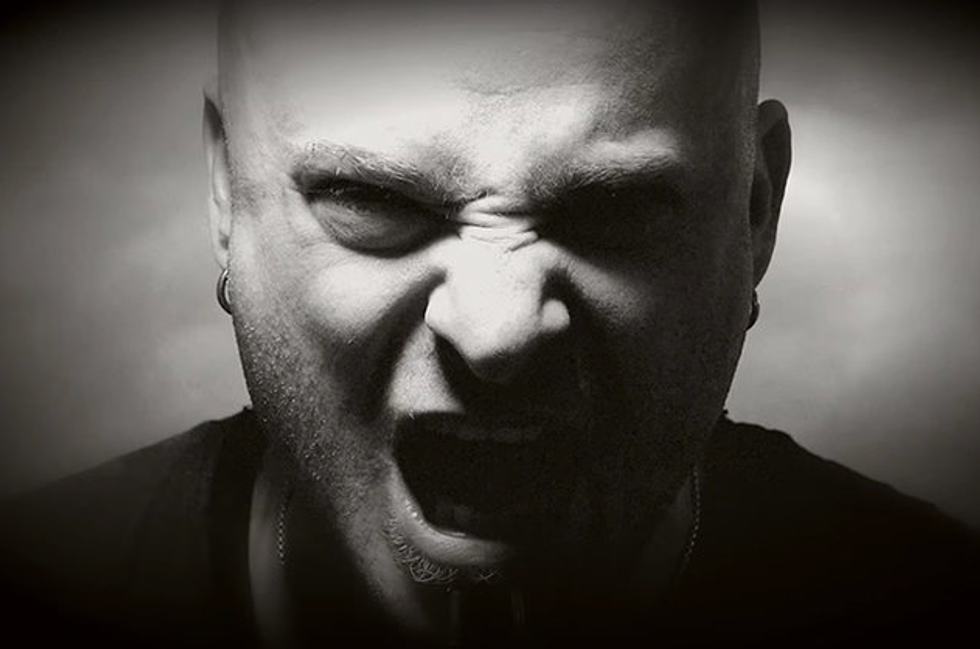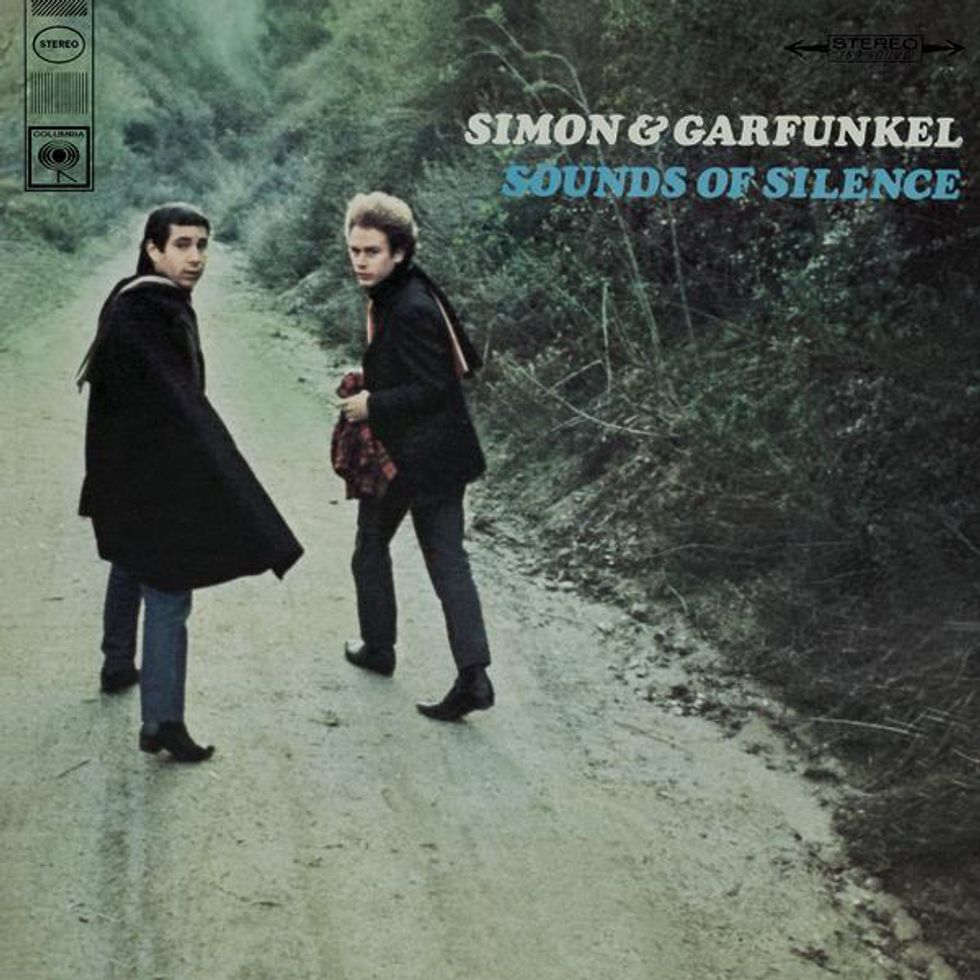A song can move you, but what's even more powerful may rest within a vocalist's singing style. A cover of an original can make you see a classic in a new light. It can make you feel differently about hearing the older version because you heard the newer version first. When analyzing the deeper meaning of a track, hearing it sung again can make you see (or in this case hear) things clearer. This is the case with Disturbed's new take on the 1964 recording of Simon and Garfunkel's, "The Sound of Silence."
If you're first instinct was shock, you are not alone. Pairing the folk rock musical stylings of Paul Simon and Art Garfunkel and combining it with the harsh metal grunge vocals provided by David Draiman (lead vocalist of Disturbed) is not something you'd ever expect to be created, but once you hear it you won't care how or why it decided to be. The range of Draiman's vocals as well as his extensive metal background go together in perfect harmony.
According to Revolver, a music-based magazine, Draiman had this to say in their interview: “When I cut the vocal, I had just finished tracking another song, and it was the end of my work day. I was exhausted, and I wasn’t expecting to have to sing anymore-- so I took a nice hit off a big fat bowl. Then Kevin [Churko, producer] played me the arrangement and he said, ‘You wanna try singing to it?’ And I was like, ‘I just got high! I’m stoned off my ass!’ But I wound up getting back in the vocal booth for two hours, maybe more. Just vibing and going on feel.”
The song is featured on Disturbed's 2015 album entitled "Immortalized." "The Sound of Silence," originally on the Simon and Garfunkel album of the same name, was at the time said to be a "commercial failure" for the group and may have even led to their disbandment. Now, the song is considered a "the quintessential folk rock release" and in March 2013 was added to the National Recording Registry in the Library of Congress for long-term preservation, along with the rest of the "Sounds of Silence" album. Although the origin of the track's inception remains ambiguous, the ballad's interpretations by many are representative of a powerful statement song. Simon wrote it when he was 21 years old, which also says a lot about his talent as a musician at that age.
Give it a listen and try your best to be open minded if you're not necessarily a "metalhead." When you hear the melancholy intro, you will feel peace. Listen to the words and try and grasp the message behind them. Though Draiman's rendition is less upbeat, it gives the darker tone needed to embrace the commanding message behind the music. Love it or hate it, the track will make you think of something bigger than yourself (and that's what the best music is supposed to do).




















